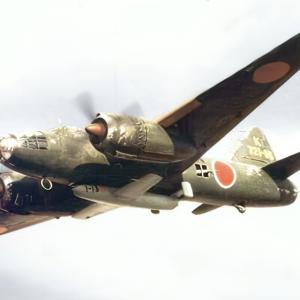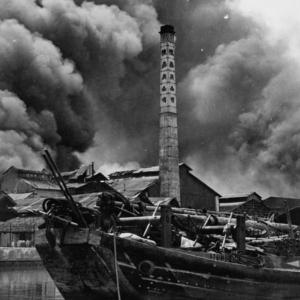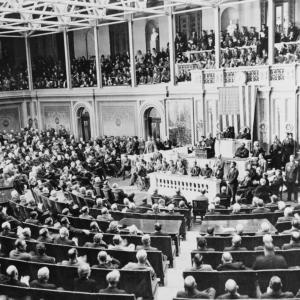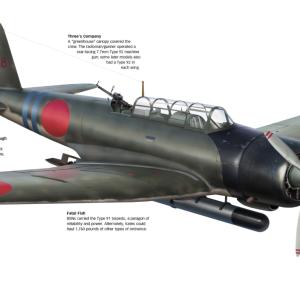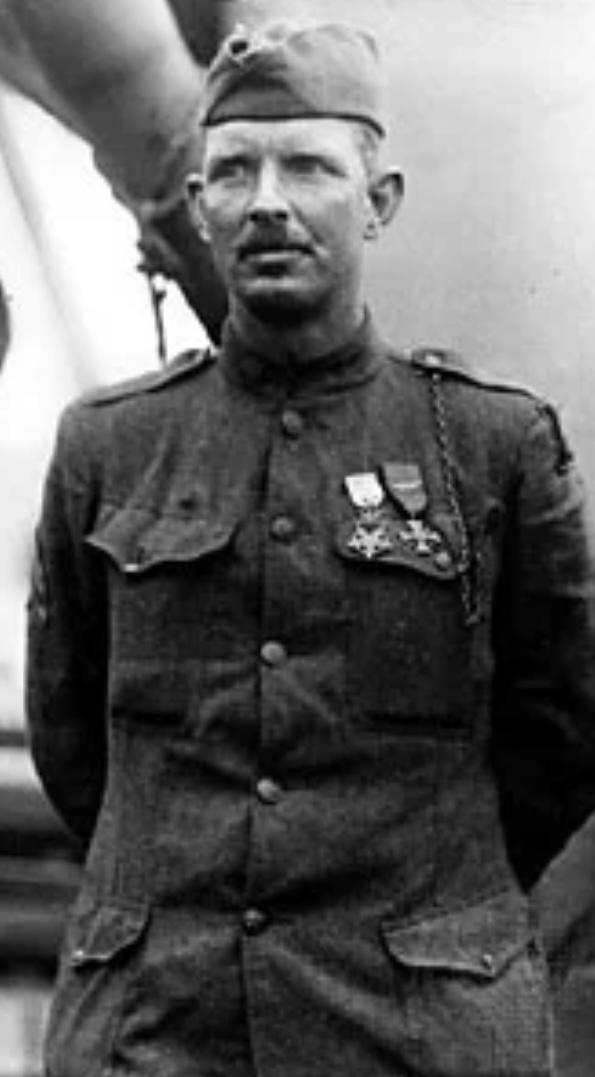
Alvin C York
Alvin Cullum York, more commonly known as Sergeant York, was one of the most decorated American soldiers of World War I, a man whose remarkable bravery and transformation from a pacifist to a war hero has captured the imagination of generations. Born on December 13, 1887, in a log cabin in Pall Mall, Tennessee, he was the third of eleven children in a poor farming family. Raised in the mountains, he had little formal education and spent much of his youth helping his family survive through subsistence farming and hunting. He became an excellent marksman, a skill that would later become pivotal in his wartime heroics.
Despite his rough upbringing, he experienced a religious awakening in 1915 after the death of a close friend in a bar fight. He joined a fundamentalist Christian denomination known as the Church of Christ in Christian Union and became deeply devout. His faith led him to adopt a pacifist stance, opposing all forms of violence. When the United States entered World War I in 1917 and he was drafted, he applied for conscientious objector status. His request was denied because his church was not officially recognized by the government, and he was ordered to report for military duty.
He was assigned to Company G, 328th Infantry Regiment, 82nd Division. Initially conflicted about serving, he struggled with the morality of war. However, after deep reflection and prayer, he came to believe that God was calling him to serve his country and protect others. His commanding officer, recognizing his sincerity and intelligence, allowed him time to work through his beliefs.
On October 8, 1918, during the Meuse-Argonne Offensive in France, his unit was given the mission to capture a heavily fortified German position near the village of Châtel-Chéhéry. During the assault, the unit came under withering machine gun fire that pinned down the American troops and inflicted heavy casualties. With much of the leadership incapacitated, he took command. He led seven men on a daring flanking maneuver behind enemy lines, capturing a machine gun nest and killing several German soldiers in the process.
According to accounts, as the German machine gunners turned their weapons toward him, he used his marksmanship to deadly effect, picking off at least 20 enemy soldiers with his rifle and pistol. At one point, six German soldiers charged him with bayonets; he calmly shot them one by one with his pistol, starting with the men at the back so those in front would not realize what was happening. His bold and calculated actions stunned the German forces.
After the firefight, he and his small group captured 132 German prisoners and escorted them back to American lines. His extraordinary courage under fire and ability to lead despite overwhelming odds made him a national hero. For these actions, he was awarded the Medal of Honor, the highest military decoration in the United States. He also received the Distinguished Service Cross, which was later upgraded to the Medal of Honor, and numerous foreign awards including the French Croix de Guerre, the Legion of Honour, and accolades from Italy and Montenegro.
After returning home in 1919, he was celebrated across the country. He was offered endorsements, movie deals, and money, all of which he initially refused, feeling that war should not be glorified. Eventually, with the encouragement of friends and family, he used some of the funds offered to buy a farm and support educational causes in his native Tennessee. He founded the Alvin C. York Institute, a high school that continues to operate to this day, emphasizing his belief in education as a path to a better life.
In 1941, Hollywood immortalized his story in the film Sergeant York, starring Gary Cooper, who won an Academy Award for his portrayal. Though initially reluctant, he agreed to the film because he needed funds to support his school and charitable efforts.
During World War II, he again offered his services, though due to age and health issues he was not able to fight. Instead, he supported the war effort through speaking engagements and helped with war bond drives. He remained a respected public figure, known for his humility and patriotism.
In his later years, he struggled with health problems, including strokes and a disabling cerebral hemorrhage, which left him bedridden. He died on September 2, 1964, at the age of 76, and was buried with full military honors in Wolf River Cemetery near his home in Pall Mall.


